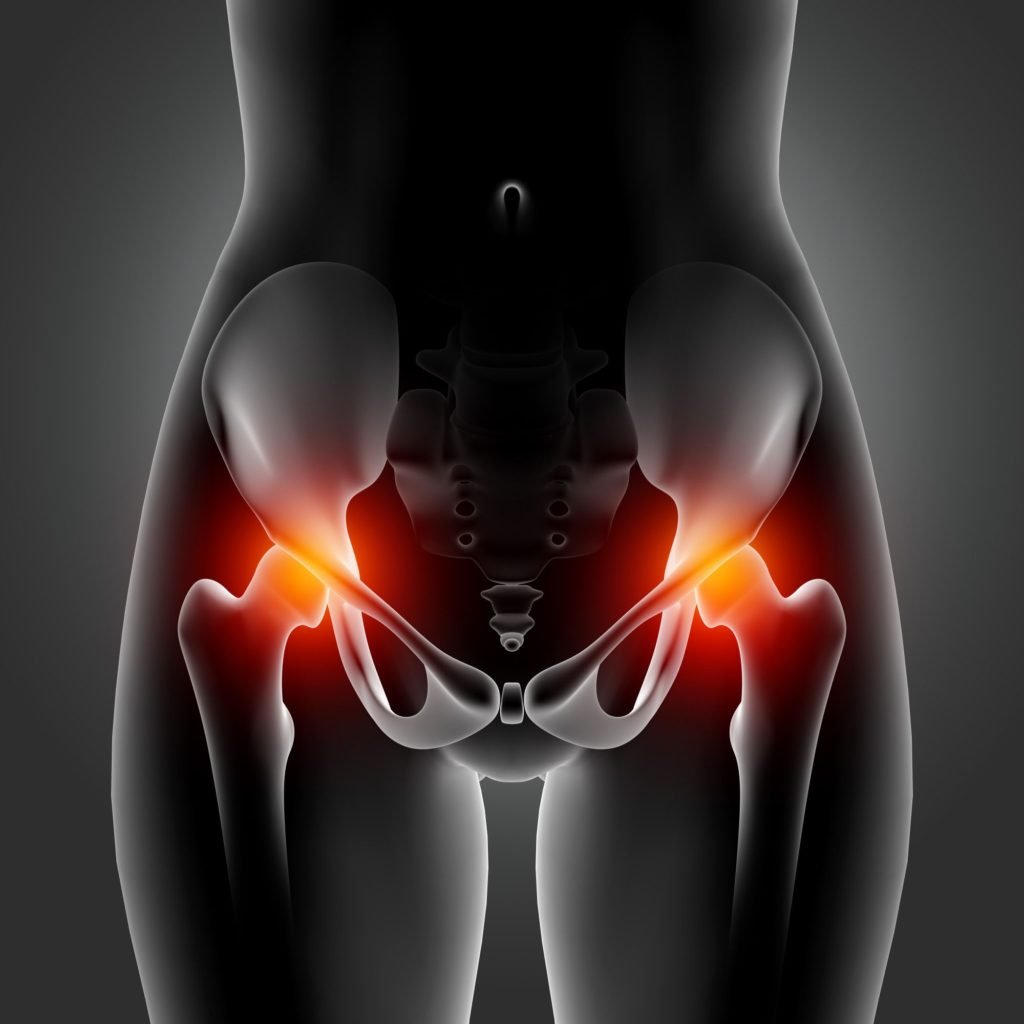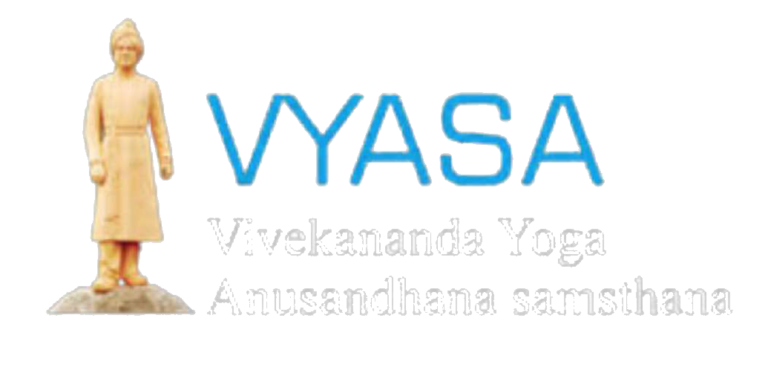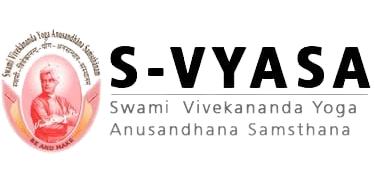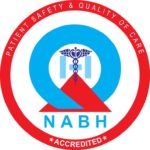
AVN - Avascular necrosis refers to death of bone tissue due to lack of blood supply. It is also named as osteonecrosis, aseptic necrosis, ischemic bone necrosis. Loss of blood supply to the bone tissues leads to tiny break in the bones and cause bone collapse. It typically affects the long bone at weight bearing joints. The most common sites for AVN are the femoral head, knee, humeral head. Hip joint is the commonest among other joints to get affected.
AVN of hip joint causes the stiffness, pain in the outer and inner thigh and difficulty in walking.me.
Case of AVN at VHG :
A male patient aged 35 years old, came with a known complaint of AVN of bilateral hip joint. He had pain in right and left hip with radiating pain to left lower limb. He also complained of severe pain and stiffness with limping gait. He underwent a core decompression to his left hip a year ago and was asked to repeat it again as his pain resurfaced. Since he was not ready to undergo anther surgery, he approached VHG.
MRI report of hip showed stage 2 Avascular necrosis (AVN) of right femoral head and stage 3 Avascular necrosis (AVN) of left femoral head with diffuse marrow oedema lesions.
Treatment at VHG:
Following a consultation, he was first prescribed Acupuncture for pain management and improvement of circulation and yoga therapy to help reduce his stress and therefore recovery for 7 days. This was followed by Ayurveda treatment as mentioned below:
1. Ekanga elakizhi for 4 days
2. Ekanga navarakizhi for 4 days
3. 5 days of Snehapana, 3 days of sarvanga abhyanga + steam and 1 day of virechana
4. Yogabasti for 8 days
Following ayurveda, Acupuncture and yoga therapy was once again administered for 7 days
In between the treatment he had pain intermittently for some days. By the end of treatment he the pain and stiffness reduced. Post treatment at VHG center at HSR layout, he continued medicines and yoga practice.
MRI reports taken after 2 months showed no further progression of AVN.
Pre & post changes:
Visual analogue scale was used to assess her pain before and after the treatment. Visual analogue scale (VAS) is one of the pain rating scale. Numeral rating scale is the most commonly used rating scale in VAS were 0 represents no pain and 10 is the worst pain.
| Pre | Post | |
|---|---|---|
| VAS | 8 | 2 |
Range of Motion
| Pre treatment | Post treatment | |
|---|---|---|
| Right Hip flexion | 40 Degree | 70 Degree |
| Left hip flexion | 40 Degree | 60 Degree |
| Internal rotation of right hip | 30 Degree | 40 Degree |
| Internal rotation of left hip | 30 Degree | 35 Degree |
| External rotation of right hip | 30 Degree | 35 Degree |
| External rotation of left | 30 Degree | 35 Degree |
His stiffness and limping reduced by 60% -70% post treatment.
Conclusion:
Integrative approach using Acupuncture, Ayurveda and Yoga therapy helped in Avascular necrosis.





